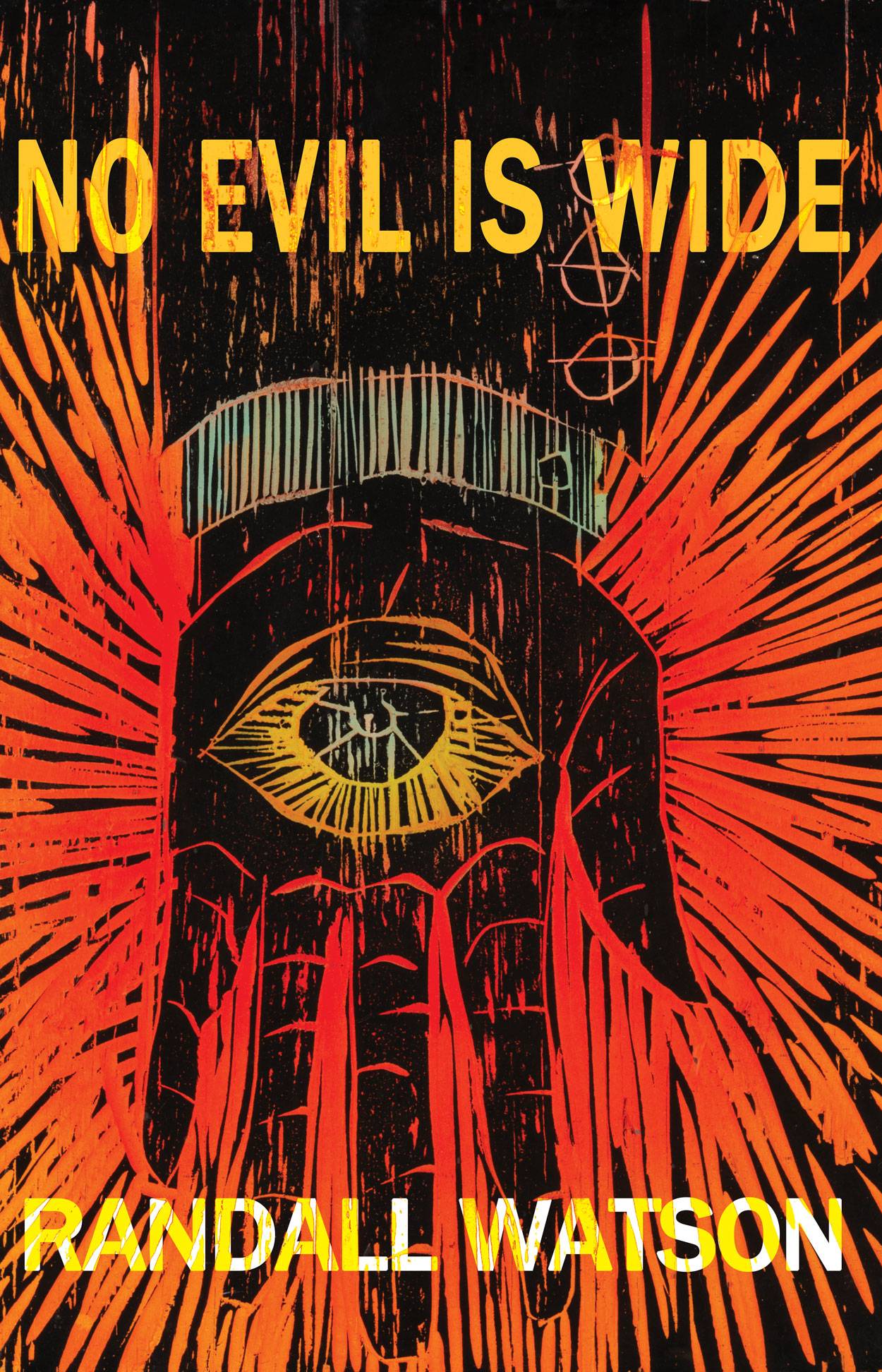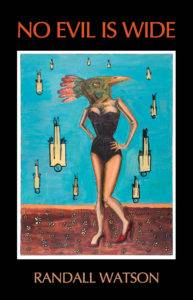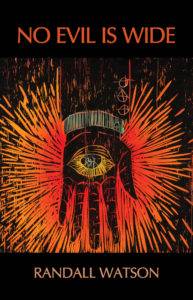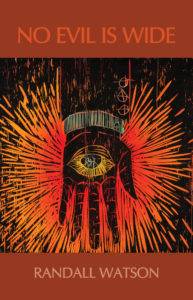
Don’t judge a book by its cover, they say
…but we all do it anyway.
Because of this, designing a book cover can be one of the most crucial and time consuming aspects of publishing a book (apart from actually writing the book, of course). The cover must be right.
When a book’s cover is wrong, can give a potential reader the wrong impression of what the book is about. This applies if the cover does not match the book’s genre; a shirtless man might draw Fifty Shades fans instead of the high-fantasy audience it was meant for. At the same time, a highbrow cover featuring abstract art might appear too “literary” for the casual reader, who will probably never read the synopsis on the cover to discover that the book is actually a YA adventure novel.
So how do I get the right cover image?
There are many ways to obtain cover art. On the more expensive end of the spectrum, an artist might be commissioned to create original artwork just for the book. It is also possible to license original artwork and photography that already exists, this is generally costly as well. If you are very lucky, you have artist friends who are willing to share their work at little or no charge. As was the case with No Evil is Wide by Randall Watson. In fact, Watson was spoiled for choice as he has an extensive personal art collection.
No Evil is Wide
Released in November of 2018, Watson’s novel is both dark and chaotic and we wanted to make sure that the cover reflected that. Watson wanted to use a piece from his personal art collection for the cover of No Evil is Wide, and there were some excellent paintings to choose from, but we ran into a snag. We didn’t have permission to use them.
Ownership of a piece of art, doesn’t mean one owns the right to reproduce that piece of art.
Ownership of a piece of art, doesn’t mean one owns the right to reproduce that piece of art. Physical ownership does not equal intellectual ownership. The author or publisher must have written permission from the artist to use their work, or a licensing agreement.
Luckily for us, Watson was able to track down one of his favorite artists despite the fact that they were out of touch for a decade. Once we received Charles Moody’s permission, we were able to create a selection of composite covers, each with a different painting of Moody’s. (see below)

Right off the bat, the third cover was simply too bright and did not match the overall theme of the novel, but we weren’t ready to give up on it, so we changed the background and typography colors, which improved it a lot, but the painting still didn’t convey a strong enough message. Similarly, the first image of the bird-headed girl, while powerful, didn’t have the violent appeal of the hand image. The bright reds in that painting screamed for our attention. We could see ourselves picking up that bright red book at Barnes and Noble. Still, the author, Randall Watson, wasn’t sold on it, so we tried some variations.
There was still something about the red background and and the framed image that wasn’t right. The text and the image felt disconnected. Our resident millennial didn’t like how… “old” it felt—like a text book.
We had just read this Literary Hub article discussing the current fashion in covers that focuses on bold text using all-caps. We got mixed replies when we shared that article on Facebook, but I loved the bold type because it is easy to read, even on a tiny thumbnail of the cover. In addition, the font feels as though it’s a part of the image itself, not just slapped on top of a picture.
With that in mind, after playing around with fonts, colors, and layer blending modes in Photoshop, we came to our final rendition of the No Evil is Wide cover:

This cover immediately catches the eye–peaks the reader’s curiosity and makes them ask the important questions.
What’s up with that dude’s hand? It looks like he’s not having a very good time. Is that fire? Why is there an eye there? No Evil is Wide? What does that mean?
All fantastic questions that inevitably end with the most important thing you want a potential reader to think:
I’m gonna read the synopsis.





